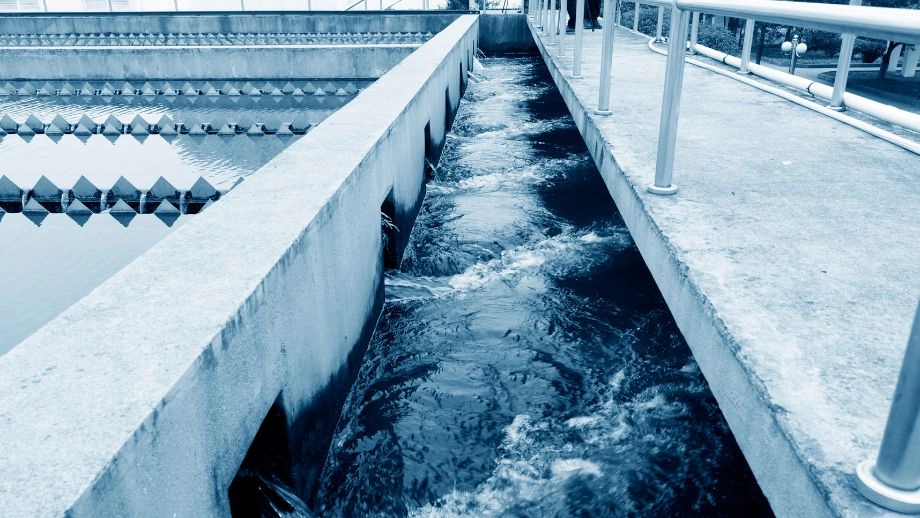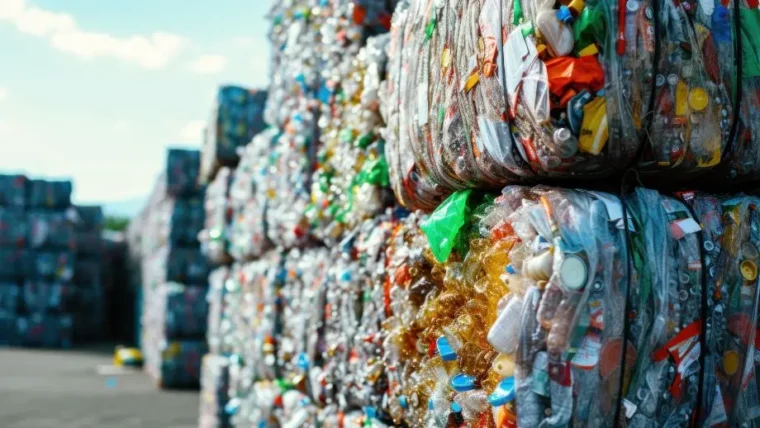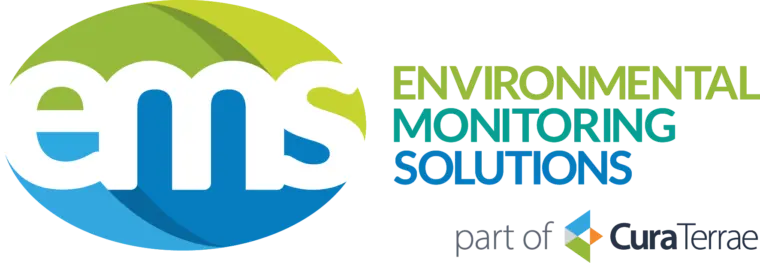Top 5 things to Consider when you have a Discharge Consent
4 November 2015

This blog will look at the essential things you need to know if you have a discharge consent to discharge trade effluent to a foul sewer. Trade effluent is any liquid waste from an industrial or business process. It is anything other than domestic sewage i.e. that from toilets and sinks etc and uncontaminated surface water and roof drainage. If you are discharging any trade effluent to the sewer, you will need permission from your regulating water authority so it can be treated properly at a sewage treatment works before entering the environment. This is a legal requirement under the Water Industries Act 1991. Once you have your consent, you need to actively manage it. Here are our top five things you would need to consider:
- Understand and comply with your consent requirements
All consents are different and vary depending on your effluent composition and what your activities are. Typical requirements include limits on suspended solids, COD (Chemical Oxygen Demand), pH and temperature. There may be further requirements, depending on your process for other substances, for example phosphates, heavy metals or other organic matter. There will also be limits on maximum daily volumes and a maximum discharge rate. Compliance with these limits is a legal requirement. They are carefully considered by your sewage provider to make sure your effluent will not cause a problem to the sewer network, interfere with sewage treatment processes or pose a threat to people and or the environment.
- Selection of equipment
Once you know your consent requirements, it is important that you comply with them. Many consents have monitoring as a requirement, but even if you don’t, it may be worth monitoring for your own peace of mind and to ensure you are constantly within your consent. When you decide to monitor, it is essential that you select equipment appropriate to your requirements. Your consent may state that you need to have MCERTS equipment, which we have discussed in a previous blog. You will need to make sure that your equipment monitors specifically what is required in your permit, considering how often samples are taken and how those samples are stored. If you are taking a sample that is not going to be analysed for a day or so, you may want to consider refrigeration to make sure the sample does not degrade and give misrepresentative results.
- Maintaining your equipment
Once you have selected your equipment, it is important to make sure that it is maintained to ensure its ongoing efficiency and accuracy. It is important that your equipment is serviced by competent individuals who have the correct training and experience. Those people who are taking samples and operating the equipment must also be competent and have the knowledge of how to operate the equipment correctly. All of this is very important to ensure accurate results and to give you peace of mind.
- Record keeping
You must keep accurate records on your effluent samples. This is a requirement of your consent and must be kept available for the sewage provider. This data will be useful for you too. If the samples taken by the regulating water authority are vastly different from the samples you have taken, you can question the accuracy and determine whether you have actually breached your consent. You can also analyse your data to determine any trends. This may help you to identify any times when you breach or approach your consent and you can look at your process and activities at that time to determine if there is anything you can do to prevent further breaches. Our blog on operating efficiency looks at this in more detail.
- Will anything change?
As you operate, you will need to comply with the limits set in your consent. However, as time goes on, you may experience changes to your operations that affect the nature of your effluent. If this does happen, you must talk to your sewage provider about varying parts of your consent before the changes take place. Once this has been agreed, you can go ahead and make any necessary adjustments to your process. Just remember to always adhere to those limits.
If you have a discharge consent, you know that the local water authority who granted the consent can monitor and check on what you are discharging to make sure it adheres to the limits set out in your consent. Having a discharge consent and adhering to it are legal requirements and it is really important you comply. By selecting the correct equipment and making sure it is used and maintained properly, you will go a long way to ensuring compliance.









